Eihab Kadah, Director of Research in Arab society at Midgam Consulting and Research, assesses how Arab voters have responded to the second election in a year. In April many Arab voters were looking for something new, but the merger between Ayman Odeh’s Hadash and Ahmed Tibi’s Ta’al did not satisfy them and turnout fell. Will the reconstitution of the Joint List turn things around and can Ayman Odeh’s historic offer of participation in government, an offer supported by 80 per cent of Arab voters, make a difference this time?
In April’s election the two Arab parties won 10 Knesset seats: Hadash-Ta’al won 6 seats and the Ra’am-Balad won 4, securing 71.4 per cent of the Arab vote, while the Jewish parties won 28.6 per cent of the Arab vote. Meretz got 8.7 per cent and Blue and White 8.2 per cent. Arab (and Druze) turnout in the last election was down, only 49 per cent from a high of 63 per cent in 2015. The participation gap between the Arab vote and the nationwide vote in April 2019 was more than double that of 2015. As a result, 100,000 Arabs votes and 3 Arab seats were lost.
WHY THE LOW TURNOUT
While many voters were looking for something new, the merger between Ayman Odeh’s Hadash and Ahmed Tibi’s Ta’al did not satisfy them. While there were several different potential alliances and mergers no one predicted this one, and it led to anger and disappointment. Tibi was viewed by the Arab sector as the antithesis to Odeh. He had consistently said that he wanted to fix everything that he believed Hadash and other parties had ruined. He claimed to represent a new generation of Arab citizens of Israel and polling we did showed that he was indeed gaining popularity at the expense of the other Arab leaders. When he merged with Odeh he turned many voters off and led them to believe that the political game is more about power and gaining seats in the Knesset. He reinforced the idea that ‘all leaders are the same.’
WHAT’S CHANGED FROM APRIL TO SEPTEMBER?
Not much has changed for Arab voters since the April elections. Yes, the four Arab parties have re-merged to form the Joint List again but the manner in which they did reflects the deep divisions between the parties. It seemed that what mattered most in the negotiations for the Joint List was not a particular issue, but rather who was going to be in the top slots on the Knesset list after Ayman Odeh as No.1. It took several weeks for the leaders of each party to decide who would be 2nd, 3rd, 4th and so on.
What many Israeli Arabs felt during the last election – depression, lack of hope, dissatisfaction with their leaders – has only been heightened. As a result I predict that in the September election more Arabs will vote for Jewish parties like Meretz and Blue and White.
AYMAN ODEH’s ANNOUCEMENT
In late August Ayman Odeh announced that he could be willing to take the Joint List into government for the first time. What was the reason for this dramatic statement? The dynamics of parliamentary politics in Israel means that the minority sectors of the public want to be connect to the majority and want to be close to the political system because they have interests that they want to preserve. Odeh has realised that, and that the Arab public are fed up of their parties being in opposition whilst other minority parties, such as the ultra-Orthodox, are able to reap the benefits of being in government.
Odeh was also worried that many Arab voters will vote for non-Arab parties to achieve change in their communities, rather than vote on purely ideological grounds. Many tribal leaders in Arab communities had been now voicing the idea of going straight to whoever wins the elections to try and negotiate more to get a licence to build houses and overcome the housing shortage for their areas.. This is what a large majority of the Arab people are thinking now and this is what Odeh was trying to address with his statement. Whether it will work or not remains to be seen after 17 September. In the local elections, those municipalities that voted for the Likud are seeing more benefits from the government than those municipalities who didn’t. In short, more Arabs want to be in direct contact with the government, and that is why I think you will see Arab voters start to vote for other parties that they think will be in the next government.
WILL THE ARAB VOTE INCREASE?
There has only been three elections in Israel’s history in which the Arab vote as a percentage of the Arab population was more than the Jewish vote as a percentage of the Jewish population: 1951, 1956 and 1959. Unfortunately I don’t see September 2019 being added to that list. Two opposing factors will neither dramatically decrease nor increase the Arab vote. The first factor is that Arab Knesset members are not seen on the ground, either speaking to the people, or holding meetings with communities or giving interviews to local newspapers.
The second factor is the role of social media influencers – Arabs who have a large online following – who are trying to persuade the Arab community to vote, not just for the Joint List but for anything you think could make a real change to your life. This is a really different message that Arab voters are hearing for the first time. The younger generation are better educated and more capable of utilising social media to spread their ideas and gain support. But they are also more likely to vote for the Joint List that the older generation, who are more likely to vote for other parties, including Blue and White. Why is this? Because the young people still have their beliefs and values and their needs are less pressing than the older generation, who need more opportunities to build homes, or depend more on social security. H
OW MANY SEATS MAY THE ARAB PARTIES GET?
The Joint List is polling at 11 seats, one more than the number secured by the Arab parties in the April elections. However, a low turnout in the Arab (and Druze) community could depress that number. It is an obvious point, but the number of seats for the Arab parties will depend on how many Arab voters turn up at the polling stations on Election Day. Some Arabs, Muslim and Christian, will vote in smaller numbers for Meretz, Labour and even some for Shas and Likud (although less than in the past). In my village, Kfar Manda, in northern Israel, around 1,000 vote for Shas, because the head of the clan receives benefits from the Shas establishment.
From our polling, we believe 80 per cent of the Druze Community are planning on voting for the Blue and White party. This is primarily connected to the passing of the Nation-State Law by the Netanyahu government, which led many Druze to believe that they are not considered equal citizens, despite serving in the IDF – some of them in very senior positions. Many Druze have left the Likud and other right-wing parties and moved to Blue and White party as well as Meretz, (where the number 5 on the list is Ali Salalha, a school principal from Beit Jann).

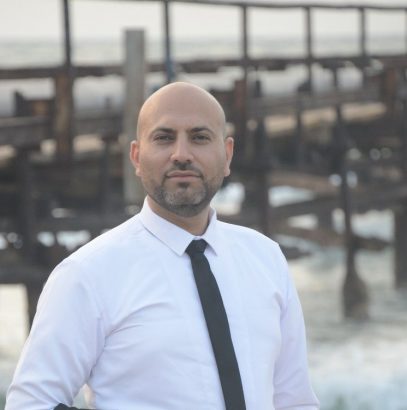

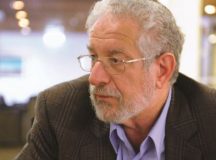
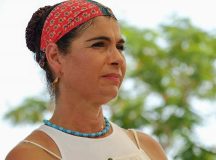

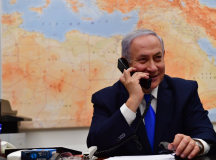
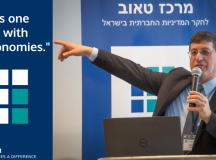
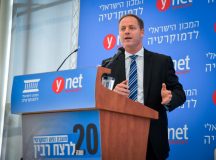




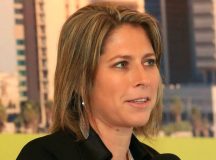































I’d like to ask why Arab voters don’t form new parties, if they are dissatisfied with existing ones. Is it difficult to form or register a new party in the Arab sector? Or is there another reason?